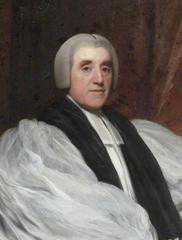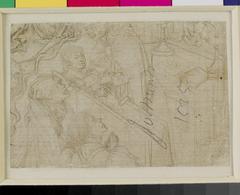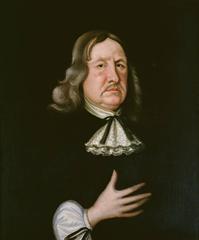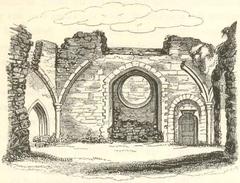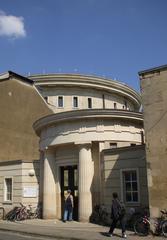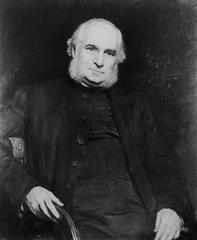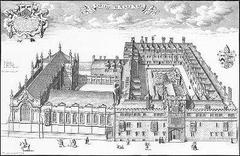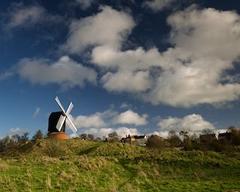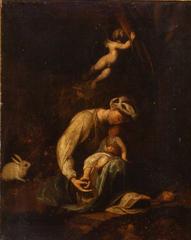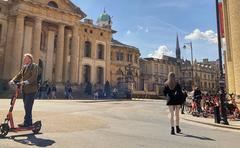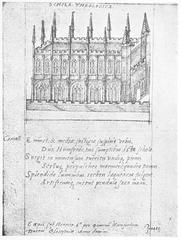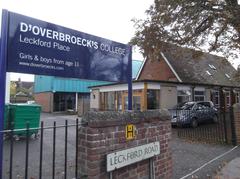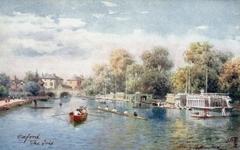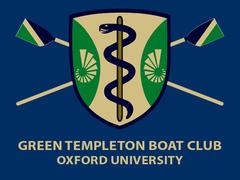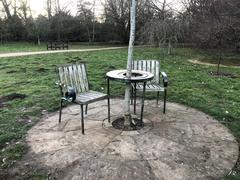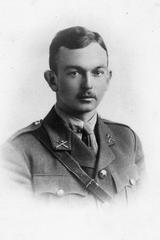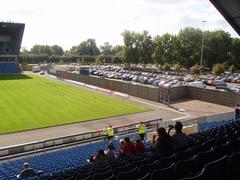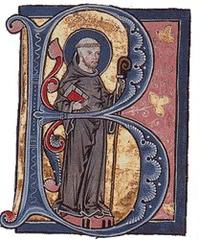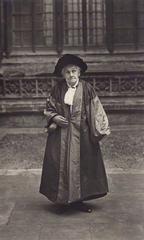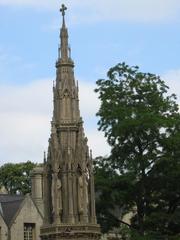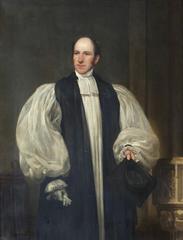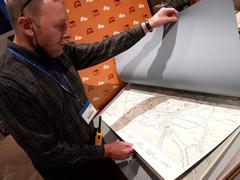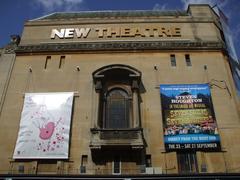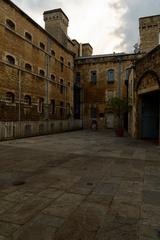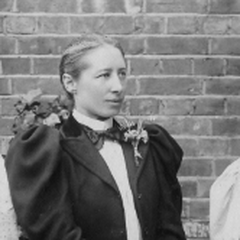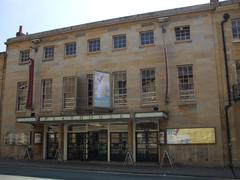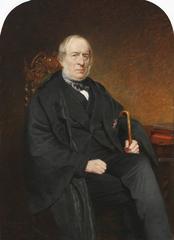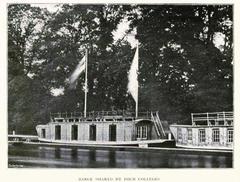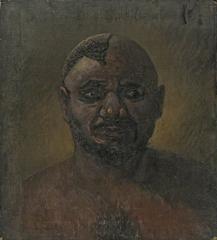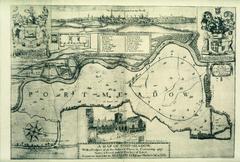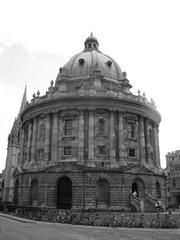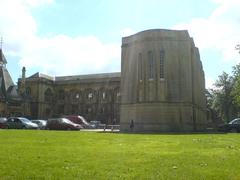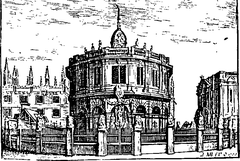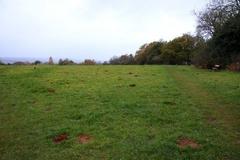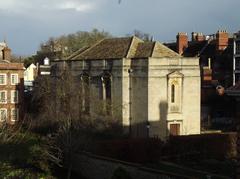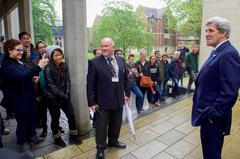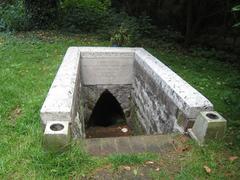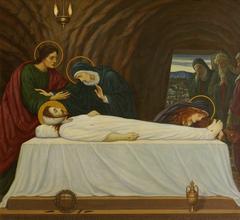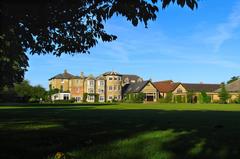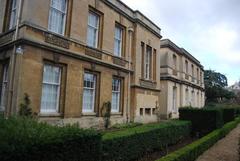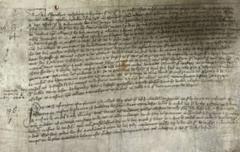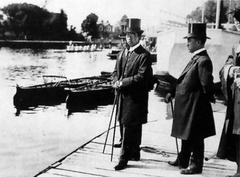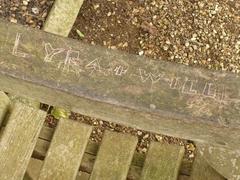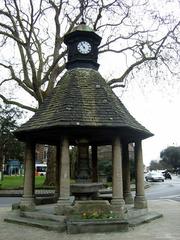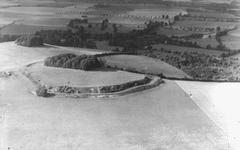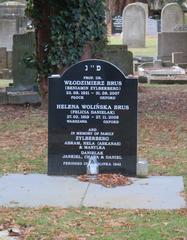John Radcliffe Hospital Visiting Hours, Tickets, and Visitor Information in Oxford
Date: 15/06/2025
Introduction
Nestled in the historic city of Oxford, the John Radcliffe Hospital (JR) serves as a beacon of modern healthcare, academic excellence, and architectural heritage. Tracing its roots back to the 18th-century Radcliffe Infirmary—established through the bequest of Dr. John Radcliffe, a prominent royal physician—the hospital reflects centuries of compassionate care, pioneering medical innovation, and service to the community (Oxford History). Today, the John Radcliffe Hospital stands as Oxford’s principal acute medical centre, integrating state-of-the-art clinical care with cutting-edge research and education as part of the Oxford University Hospitals NHS Foundation Trust (OUH NHS).
This comprehensive guide provides essential information for visitors, including practical details on visiting hours, accessibility, and transportation. It also explores the hospital’s architectural and cultural legacy, as well as nearby Oxford attractions and tips to help you make the most of your visit—whether you are visiting a patient, interested in medical history, or exploring Oxford’s rich heritage.
Table of Contents
- Introduction
- Historical Overview
- Architectural and Cultural Legacy
- Visiting Information
- Frequently Asked Questions (FAQs)
- Conclusion
- References
Historical Overview
Origins and Foundation of the Radcliffe Infirmary
Founded in the 18th century, the Radcliffe Infirmary was made possible by a £4,000 bequest from Dr. John Radcliffe in 1724. The hospital’s site, a five-acre plot in St Giles, was donated by Thomas Rowney, MP for Oxford. The foundation stone was laid in 1761, and the hospital opened in 1770, initially admitting just seven patients. By 1771, capacity had expanded to 68 patients (Oxford History).
Growth and Expansion
The Infirmary operated through voluntary subscriptions, with wealthier citizens becoming hospital governors and recommending patients. Free medical care for the poor was central to its mission, supported by charitable donations. By 1875, the hospital had grown to 166 beds and treated thousands of inpatients, outpatients, and accident cases annually (Oxford Mail). The late 19th century saw the addition of the Oxford Eye Hospital and a dedicated outpatient department.
Pioneering Medical Advances and Notable Figures
The Radcliffe Infirmary became a centre of medical progress, home to figures such as Sir Henry Acland, Sir William Osler, and Hugh Cairns. It was also the site of the first administration of penicillin in Britain during WWII—a milestone in global medicine (Oxford Mail).
20th Century Innovations
The hospital continued to innovate, establishing one of Britain’s first X-ray departments in 1907, advancing plastic surgery and cardiology, and developing emergency “flying squads” for obstetrics. In 1941, the Infirmary pioneered both penicillin treatment for bacterial infections and Britain’s first accident service (Oxford Mail).
Transition to the John Radcliffe Hospital
By the early 21st century, the original Infirmary’s facilities could no longer meet modern healthcare demands. In 2007, patients and services moved to the expanded John Radcliffe Hospital in Headington (Oxford History). The University of Oxford acquired the Infirmary site, preserving its Georgian architecture for academic use, including the Institute of Mathematics (Oxford Mail).
The John Radcliffe Hospital Today
Now the main acute hospital for Oxfordshire, the JR continues the Infirmary’s legacy. It is part of a wider trust that includes the Churchill Hospital and Nuffield Orthopaedic Centre (OUH NHS). It is a centre for specialist services, teaching, and research, with a strong partnership with the University of Oxford.
Architectural and Cultural Legacy
The original Radcliffe Infirmary buildings remain architectural landmarks, comparable to Oxford’s famous colleges. The University of Oxford has preserved their historic fabric while adapting them for academic purposes (Oxford Mail). Meanwhile, the modern John Radcliffe Hospital campus features distinctive white-tiled facades and contemporary additions like the Wolfson Building with terracotta and timber cladding, reflecting a blend of modernist and contextual design (New Oxford Architecture).
Inside, the hospital is designed for patient comfort and efficiency, with light-filled spaces and wayfinding features. The OUH Arts and Music Programme brings art and live performances into the hospital, enhancing the environment for patients and visitors (OUH NHS).
Visiting Information
Visiting Hours and Accessibility
- General Visiting Hours: 2:00 PM – 8:00 PM daily (may vary by ward; check in advance).
- Accessibility: Full wheelchair access, step-free entrances, and assistance for mobility needs. Accessible parking is available close to main entrances.
Tickets and Tours
- Admission: No tickets or entry fee for hospital visitors.
- Guided Tours: Occasional tours of historic areas are offered by the University or local heritage groups. Check the hospital or university websites for updates.
Directions and Transportation
- By Car: On-site parking (charges apply); Blue Badge spaces near entrances (OUH Parking).
- By Public Transport: Multiple bus routes connect the hospital to Oxford city centre and surrounding areas.
- Cycling/Walking: Bike racks and safe pedestrian access are provided.
Nearby Attractions and Photographic Spots
- Radcliffe Camera: Iconic Palladian library in central Oxford (Bodleian Library).
- Ashmolean Museum: World-renowned art and archaeology collections.
- University of Oxford Colleges: Historic architecture and gardens.
- Photographic Spots: The hospital’s modern and historic facades, green spaces, and the city skyline from Headington Hill.
Travel Tips
- Bring a valid ID when visiting patients.
- Use public transport or taxis if possible due to limited parking.
- Review visitor policies for specific wards in advance.
Frequently Asked Questions (FAQs)
Q: What are the visiting hours for the John Radcliffe Hospital?
A: Generally 2:00 PM to 8:00 PM daily, but check with the specific ward as times may vary.
Q: Is there an admission fee or do I need tickets to visit?
A: No, the hospital is free to enter for visitors.
Q: Are guided tours available?
A: Occasionally, for the historic Radcliffe Infirmary site—check university and local heritage websites for details.
Q: Is the hospital accessible for people with disabilities?
A: Yes, with step-free access, accessible parking, and assistance available.
Q: Can I take photographs?
A: Yes, in public areas—please respect privacy and check for restrictions.
Conclusion
The John Radcliffe Hospital and the historic Radcliffe Infirmary are pillars of Oxford’s medical heritage, blending centuries of tradition with modern-day innovation and community care. Visitors will find a welcoming, accessible environment and a wealth of nearby historical and cultural attractions. For current visiting hours, updates on tours, and special events, always refer to official hospital and university resources.
Plan your visit and experience the living legacy of Oxford’s distinguished medical landmarks.
References
- Oxford History
- Oxford Mail
- Oxford University Hospitals NHS Foundation Trust (OUH NHS)
- New Oxford Architecture
Image Suggestions:
- Exterior of the Georgian Radcliffe Infirmary (alt: Radcliffe Infirmary Georgian architecture, Oxford)
- Main entrance of the John Radcliffe Hospital (alt: John Radcliffe Hospital main entrance, Oxford)
- The Wolfson Building with terracotta cladding (alt: Wolfson Building at John Radcliffe Hospital)
Internal Links:
Call to Action: Stay connected to Oxford’s medical and cultural heritage—download the Audiala app for updates, or follow the hospital’s official channels for visiting guidelines and events.
